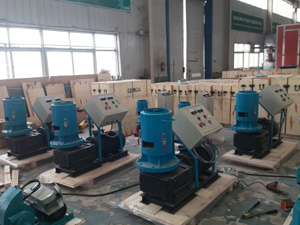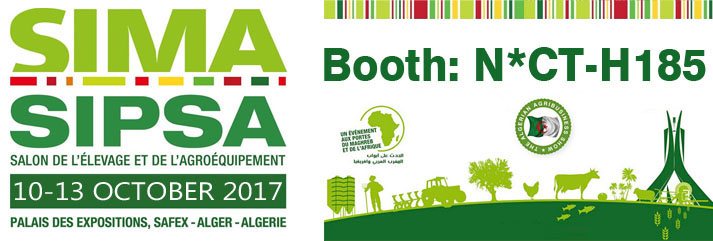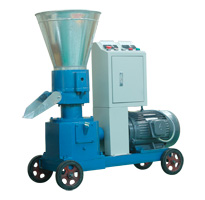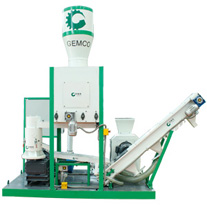

what affects the pellets quality you make?
Biomass pellets like wood pellets, straw pellets, bamboo pellets, etc. have been main kinds of fuels in recent several years, because they are:- Renewable
- Cheap to make, cheap to buy
- Much cleaner than fossil fuels

Factors that affect biomass pellets quality
1. Raw material features: for making biomass pellets, raw materials vary from wood to straw, stalk, and bamboo, etc. Different raw materials have different features. For example, wood is easy to be crushed into small particles but grass or straw don’t, so that wood pellets are always smoother than straw or grass pellets.2. Raw material particle size: The particle size of raw material also affects biomass pellet quality. If the raw material is not fully crushed, which means they are longer than required size (2-5mm, also vary in accordance with species), the pellets are hard to be pelletized densely, as a result, the pellets are easy to break, and the quality is decreased. However, if the biomass raw material is crushed into required size, it can produce much denser pellets, so that the pellets quality is much better.
3. Die specifications: the die (also called disk or plate) is the core part in a biomass pellet mill. Different parameters of the die may influence pellets quality. to better understand how die specifications affect pellet quality, we’d like to introduce all the terms of die:
 d= pellet diameter
d= pellet diameter
L= effective length or thickness of the die
D= inlet diameter
Compression ratio= D2/d2 (a relationship of inlet area to cross-sectional area); usually this term is expressed by d/L for easy understanding
For one kind of raw material or the mixture of several kinds of raw materials, the compression ratio is different. When the compression ratio is larger than what the raw material needs, the pellets may be loose, and the quality is low; if the compression ratio is smaller than required, it may cause die blockage, and pellets are not able to form. Therefore, it is important to choose the proper compression ratio for your pelletizing raw material.
4. Die speed: this item is in fact not exact, since in R-type pellet mills, it is the roller instead of the die that rotates. Maybe we can use another word as “rotating speed” to express such item. Whether the rotating speed is too high or too low, the pellets quality or forming rate will be affected.There are actually many different factors that affect the biomass pellets quality you make. As this shall be analyzed depending on specific situation. You can contact GEMCO to get professional guidance on any problems regarding biomass pellets making.
Categories







